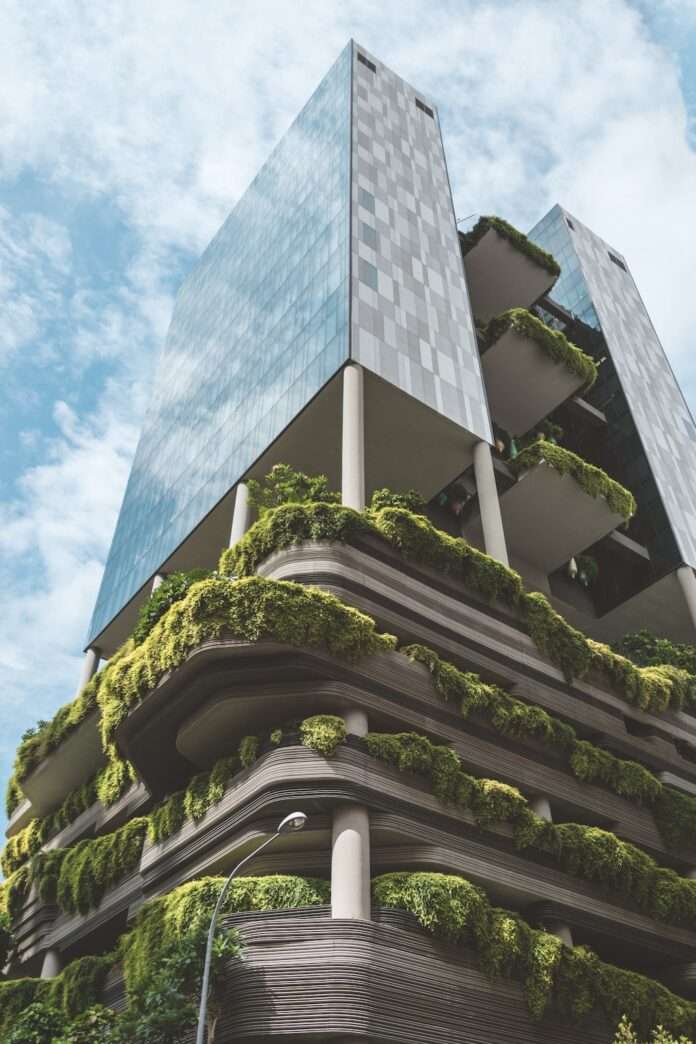Eco-brutalism is an architectural style gaining popularity for combining brutalist design elements with greenery to create a unique aesthetic and the perception that it is more sustainable than traditional brutalism. However, it has also faced criticism, particularly regarding its sustainability status.
Before delving into eco-brutalism, it’s essential to understand brutalism. Brutalist structures are characterized by steel, concrete finishing, and an overall sense of pragmatism often needed in a post-war society. This type of architecture is mainly associated with libraries, theatres, schools, churches, and social housing built in the 1960s and ’70s and the decades since.
Brutalist buildings prioritize function over everything else. Eco-brutalism, on the other hand, is an architectural design that combines brutalist style with greenery to create a sense of juxtaposition between divergent concepts. The mix of harsh concrete and greenery allows for unique concepts and ideas that celebrate the vibrant resilience of nature and grim human design.
What is eco-brutalism?
Brutalist buildings are making a comeback in modern architecture, and eco-brutalism has gained popularity for many reasons.
They have become popular on social media platforms as many people believe they are more sustainable than traditional brutalism. Eco-brutalism uses natural light and brightens up spaces with trees, plants, and other green elements. The style aims to blur the line between nature and the built environment, creating a more harmonious relationship between the two.
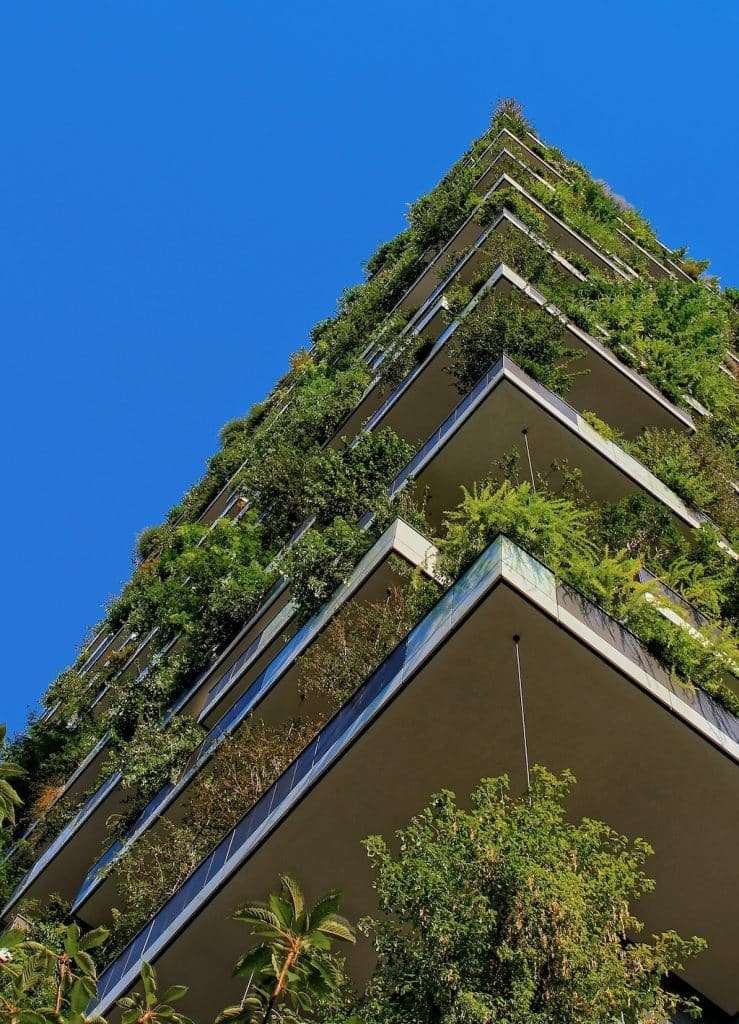
The incorporation of greenery into the design of brutalist buildings is not just about aesthetics. It also serves a practical purpose in terms of improving air quality, reducing heat absorption, and even providing a habitat for wildlife such as in green rooftops that can serve as home to pollinators and migratory bird species.
The practicality of brutalist buildings has been a significant factor in their popularity; they are useful in post-war scenarios where there is a dire need for building houses, and resources are scarce.
Eco-brutalist buildings are also quick to construct, making them an ideal option in many rapidly growing economies. The core of brutalism is functionality, and as long as the building is functional, it meets the requirements and expectations of a brutalist-style property.
Is eco-brutalism good for the environment?
Brutalist architecture is notoriously harmful to the planet, and there have been several concerns raised about the sustainability status of eco-brutalism as well.
One of the biggest concerns is its energy efficiency and connection with the concrete industry. Raw concrete is the primary material used in brutalist architecture, and the industry that provides concrete is one of the biggest producers of carbon dioxide; concrete can harm the soil and contaminate water as well.
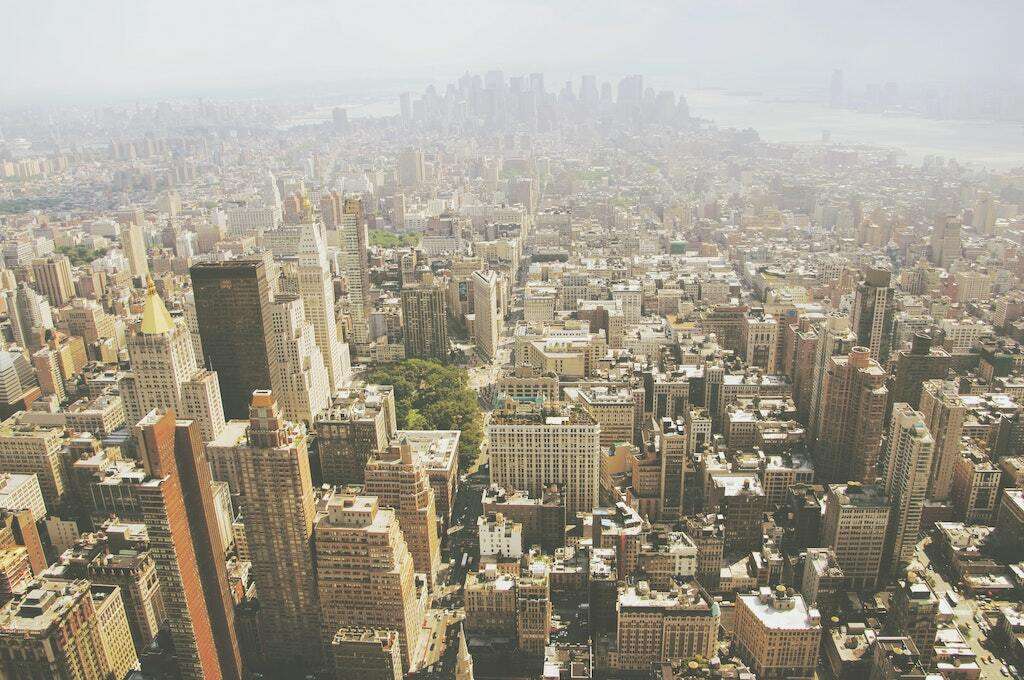
There is an argument that concrete is a more eco-friendly material since it lasts a long time. It is incredibly valuable for flood control, avoidance of rising waters and mud streams, damming methods, and more. Scientists are also finding ways to create sustainable components to make concrete to lessen the adverse ecological effects.
Because eco-brutalism relies heavily on concrete, many experts say it is not eco-friendly since concrete is a central part of the architecture. Instead of relying on greenery to offset the negative effects of concrete, architects should focus on creating more environmentally sound materials and buildings, says experts.
There is also a lack of consensus on what eco-brutalism actually means. The term is still relatively new, and there is no agreed-upon definition of what constitutes an eco-brutalist building. This can make it difficult to evaluate the sustainability of these structures and to compare them to other types of buildings.
Is eco-brutalism sustainable?
According to architect and critic Kate Wagner, who has written extensively on the subject of eco-brutalism, the style has been co-opted by developers and corporations who are more concerned with image than with actual sustainability.
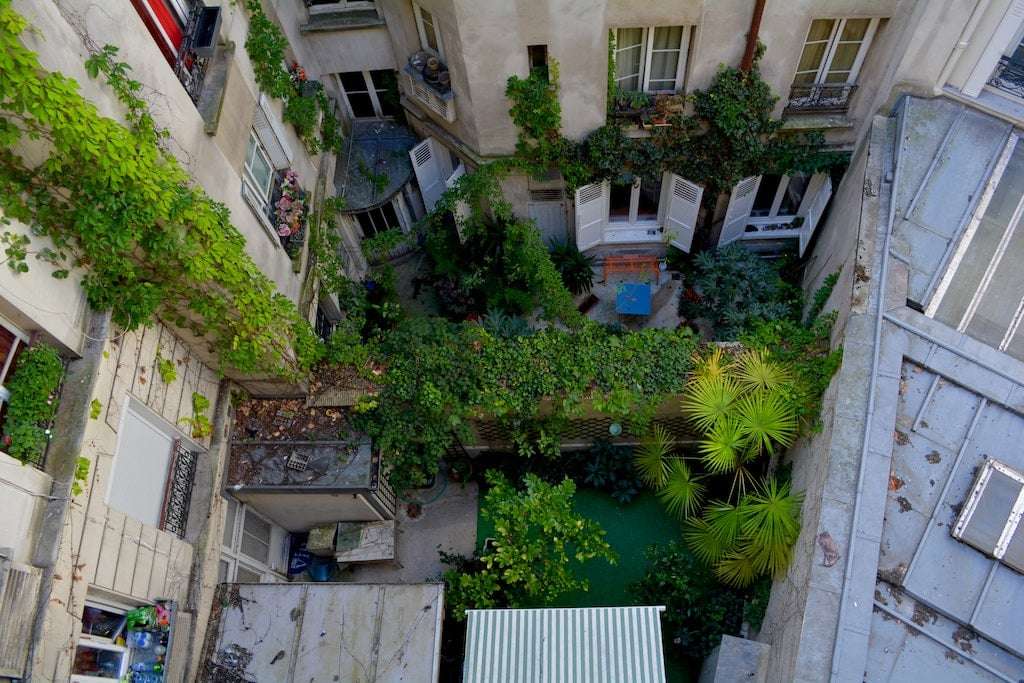
“The eco-brutalist aesthetic has been appropriated by a culture that prizes ‘raw’ and ‘authentic’ materials, but it has also been stripped of its original intention: to create buildings that are truly sustainable and energy-efficient,” she wrote in an article for Curbed.
Another expert who has voiced concerns about eco-brutalism is architect and professor, David Leatherbarrow. In an interview with the Architectural Review, he argues that the style is too focused on the technological aspects of sustainability and not enough on the social and cultural implications of architecture.
Eco-brutalism is an antidote to the opulence and ostentation that have defined architecture.
-Chad Oppenheim
Leatherbarrow says, “Eco-brutalism seems to be driven by a preoccupation with the technical aspects of environmental design rather than the more complex social and cultural issues that are implicated in the relationship between architecture and sustainability.”
However, there are also architects and designers who see eco-brutalism as a valid and necessary approach to sustainable design. One such designer is Chad Oppenheim, who has created a number of eco-brutalist buildings in his home state of Florida.
In an interview with Surface Magazine, Oppenheim argues that eco-brutalism is a response to the excesses of contemporary architecture and the urgent need to reduce our impact on the environment.
He says, “Eco-brutalism is an antidote to the opulence and ostentation that have defined architecture in recent years. It’s about using raw materials in a way that is honest and unadorned, and that reflects a commitment to sustainability and energy efficiency.”
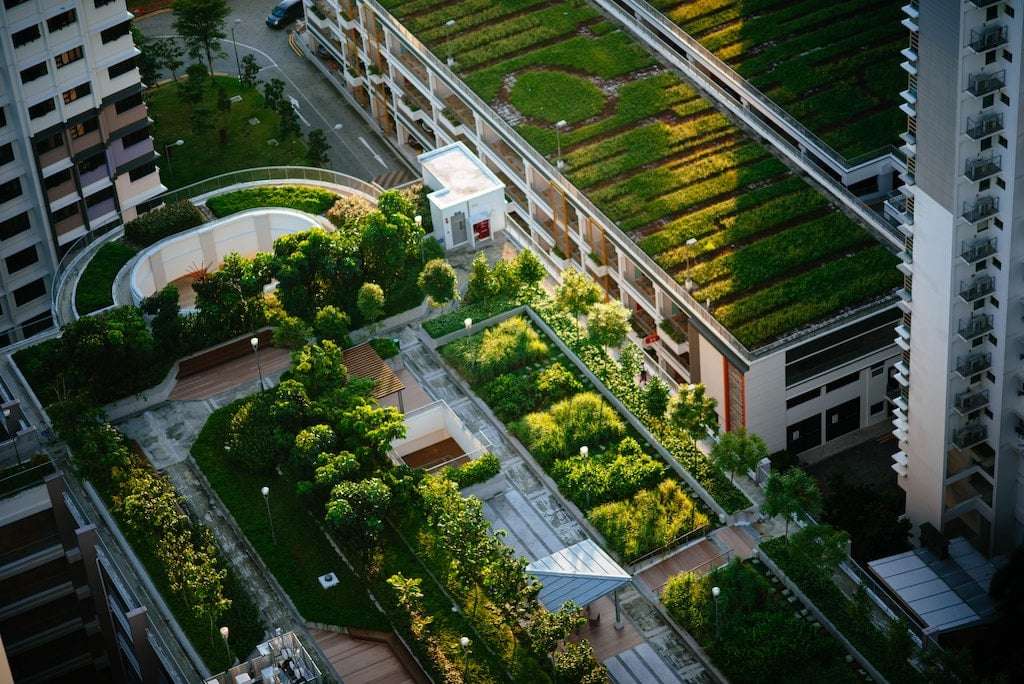
Oppenheim’s buildings, such as the Net Zero Energy Centre in Lido Key, Florida, incorporate features including solar panels, rainwater collection systems, and natural ventilation to reduce their environmental impact. However, they also feature stark concrete walls and minimalistic interiors, which some critics have argued are too severe.
The future of eco-brutalism
Despite the debate surrounding eco-brutalism, it is clear that sustainability and energy efficiency will continue to be important considerations in the design and construction of buildings in the years to come. As architect and critic, Alexandra Lange, points out in an article for The New Yorker, “The need for buildings that can withstand natural disasters, conserve resources, and promote health is only going to become more pressing.”
The challenge for architects and designers will be to find ways to create sustainable buildings that are both efficient and inviting, and that take into account the social and cultural implications of architecture.
As Wagner notes, “The true test of eco-brutalism will be whether it can be used to create buildings that are truly sustainable, energy-efficient, and livable, rather than just empty gestures towards environmentalism.”
Related on Ethos:

